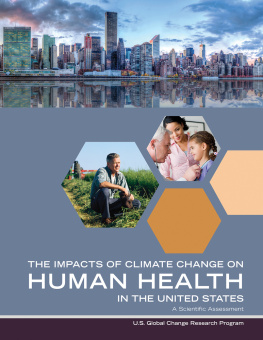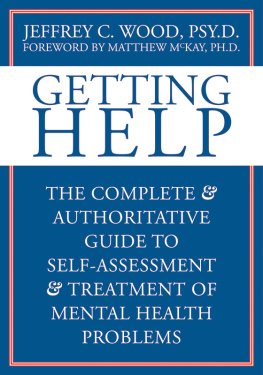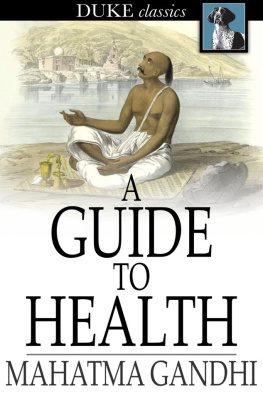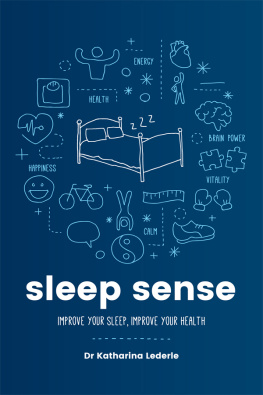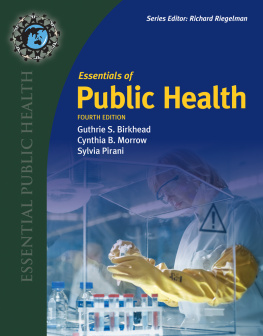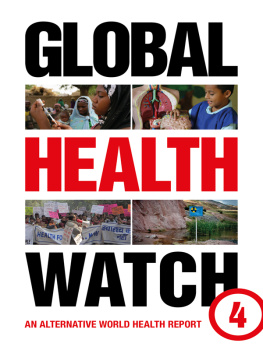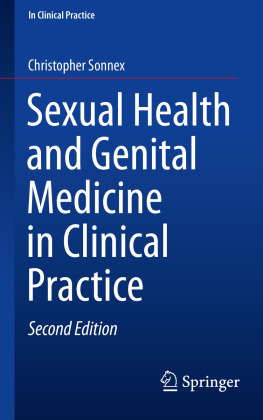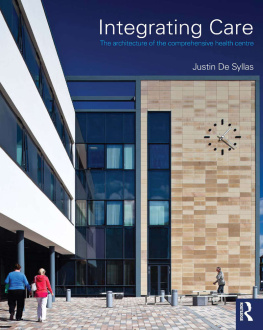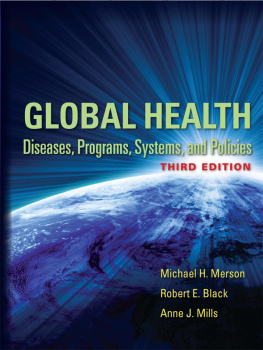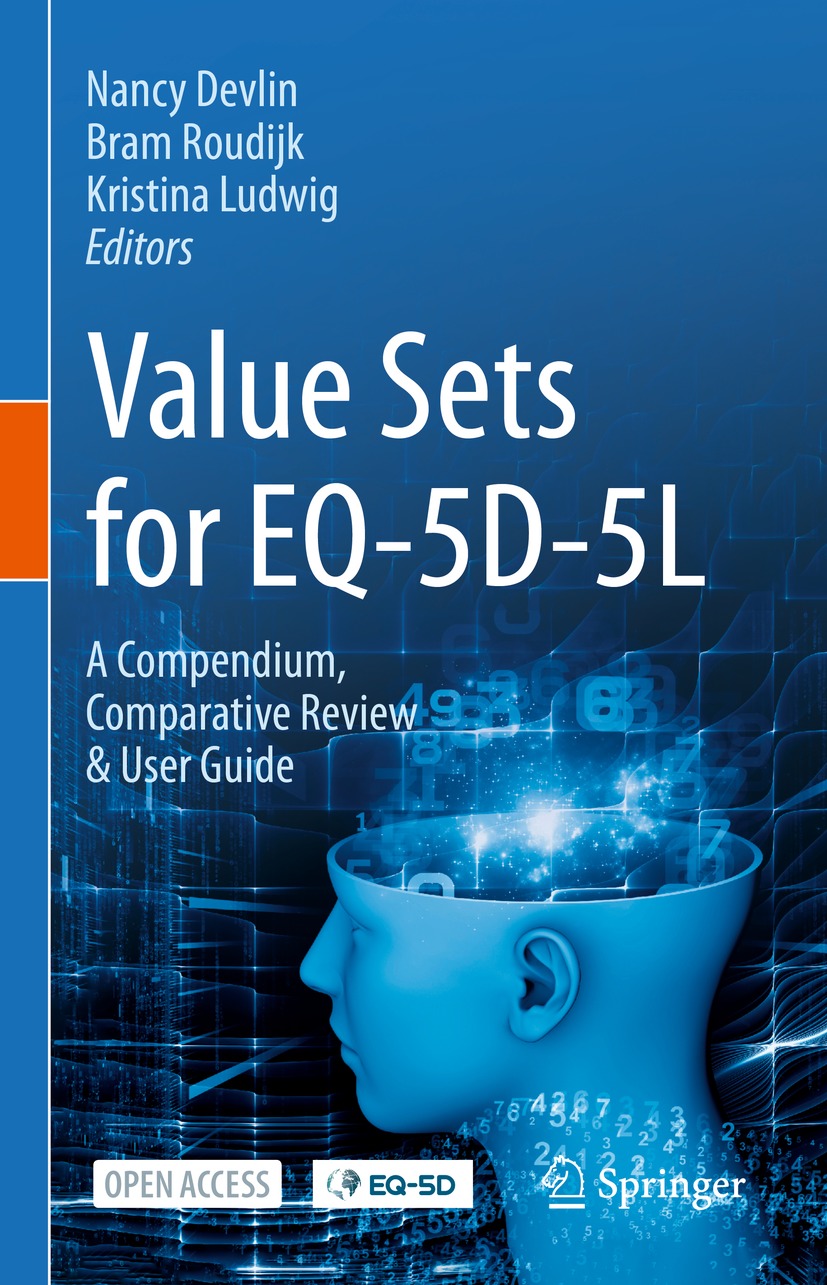Editors
Nancy Devlin
Centre for Health Policy, University of Melbourne, Melbourne, VIC, Australia
Bram Roudijk
EuroQol Research Foundation, Rotterdam, The Netherlands
Kristina Ludwig
Department of Health Economics and Health Care Management, School of Public Health, Bielefeld University, Bielefeld, Germany
ISBN 978-3-030-89288-3 e-ISBN 978-3-030-89289-0
https://doi.org/10.1007/978-3-030-89289-0
The Editor(s) (if applicable) and The Author(s) 2022
This book is an open access publication.
Open Access This book is licensed under the terms of the Creative Commons Attribution 4.0 International License ( http://creativecommons.org/licenses/by/4.0/ ), which permits use, sharing, adaptation, distribution and reproduction in any medium or format, as long as you give appropriate credit to the original author(s) and the source, provide a link to the Creative Commons license and indicate if changes were made.
The images or other third party material in this book are included in the book's Creative Commons license, unless indicated otherwise in a credit line to the material. If material is not included in the book's Creative Commons license and your intended use is not permitted by statutory regulation or exceeds the permitted use, you will need to obtain permission directly from the copyright holder.
The use of general descriptive names, registered names, trademarks, service marks, etc. in this publication does not imply, even in the absence of a specific statement, that such names are exempt from the relevant protective laws and regulations and therefore free for general use.
The publisher, the authors and the editors are safe to assume that the advice and information in this book are believed to be true and accurate at the date of publication. Neither the publisher nor the authors or the editors give a warranty, expressed or implied, with respect to the material contained herein or for any errors or omissions that may have been made. The publisher remains neutral with regard to jurisdictional claims in published maps and institutional affiliations.
Cover illustration: agsandrew/shutterstock.com.
This Springer imprint is published by the registered company Springer Nature Switzerland AG
The registered company address is: Gewerbestrasse 11, 6330 Cham, Switzerland
Foreword by Michael Drummond
Since its development by the EuroQol Group in 1990, the EQ-5D instrument has probably become the most widely used measure of health-related quality of life in economic evaluations of healthcare treatment and programmes. It is also frequently used in health technology assessments (HTAs), which are a key element in technology adoption decisions in several countries. Reasons for its success include it being generic, concise and it being accompanied by the value sets that are required to support economic evaluation. This prominence of the EQ-5D means that it is important that the users of the instrument fully understand the attributes and limitations of these value sets. This is the aim of the book Value Sets for EQ-5D-5L: A Compendium, Comparative Review & User Guide by Devlin, Roudijk and Ludwig. The primary users in this case are those using EQ-5D data in economic evaluation or other applications, and decision makers interpreting economic evaluations or HTAs as part of their decision-making processes.
The main impetus for the book is the development of the new 5L version of the EQ-5D instrument. The original version had only three levels on each of the 5 dimensions of health-related quality of life, which in some dimensions resulted in a rather large or abrupt change between levels. For example, in the dimension of mobility, a change from level two to level three is expressed as moving from some problems in walking about to being confined to bed. By moving from 3 to 5 levels on each of the dimensions, it is possible to characterise a more gradual change between health states, which is arguably more realistic.
The main implication of the decision to move from 3 to 5 levels was the need to develop a new series of value sets for the EQ-5D-5L. These represent the value of each of the 3125 health states defined by the instrument (i.e. individual combinations of the 5 levels and 5 dimensions) and are critical to the calculation of the quality-adjusted life years (QALYs) gained by healthcare treatments and programmes. This is no mean task, especially as there is no reason to believe that the preferences for health states of the general public would be the same in different jurisdictions. Indeed, more than 35 distinct value sets have been developed for the original 3L instrument, and decision makers in several jurisdictions require that the value set used in HTAs should be representative of the preferences of the population of the country concerned.
To undertake this task, the EuroQol Group embarked on an extensive programme of methodological and empirical research which is reported in the book. Rather than just replicate the approaches used in the development of value sets for the original instrument, the group took the opportunity to develop and strengthen the methods of valuing health states, with a view to specifying a common protocol. (This programme of research is discussed in Chaps. of the book.)
Users of the new instrument will probably be most interested in the value sets themselves. These are described and classified in the country-by-country overview given in Chap.. Looking at the classification given, it is hard to think of any critical information that is not given about the precise methods used to generate the value set for each country, the sample of individuals whose preferences were measured, and the main results obtained. I find this chapter useful both in providing information about each country, and for understanding the results for each country in the overall context of all the research conducted.
The comparisons between the various country value sets and issues of which value set to use are discussed in Chaps.. These choices can be quite complicated, especially during the period while value sets for the new instrument are still being developed. For example, if a value set is not currently available for EQ-5D-5L in my country, should I use a value set from a country I perceive to be similar to my own, or an earlier value set for my country from the 3L instrument, using the mapping/crosswalk algorithm that has been developed? What should I do if no value set for either instrument exists for my country?
The final chapter discusses the future for value sets. My take from it is that there will be continuing debate about the different results produced by different versions of the EQ-5D, what the change from 3 to 5 levels does to the sensitivity of the instrument, and the conditions under which it makes sense to develop a new value set for a particular jurisdiction. Being based in Gods Own Country (Yorkshire), I often wonder whether we should develop our own value set or continue to use those available for the UK! Some of these big questions will probably never be answered. But in the meantime, I have reached a simple conclusion. If you are a decision maker or researcher using the EQ-5D-5L, you should read this book.



